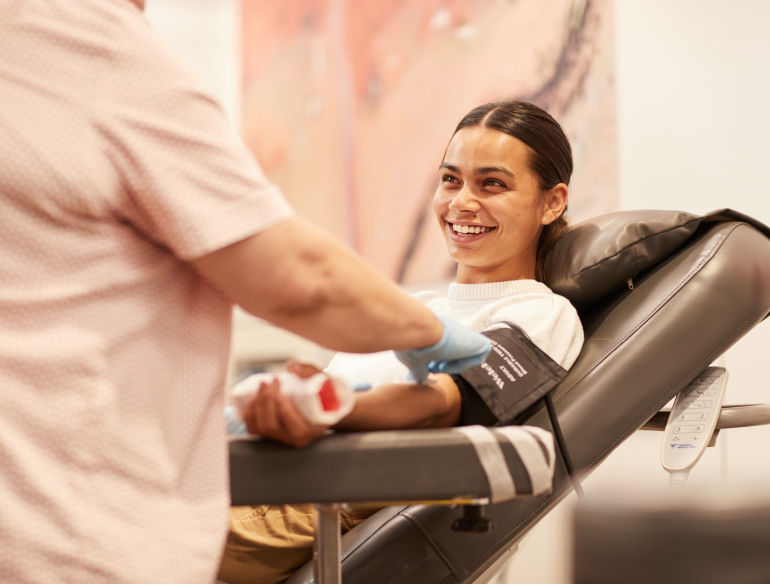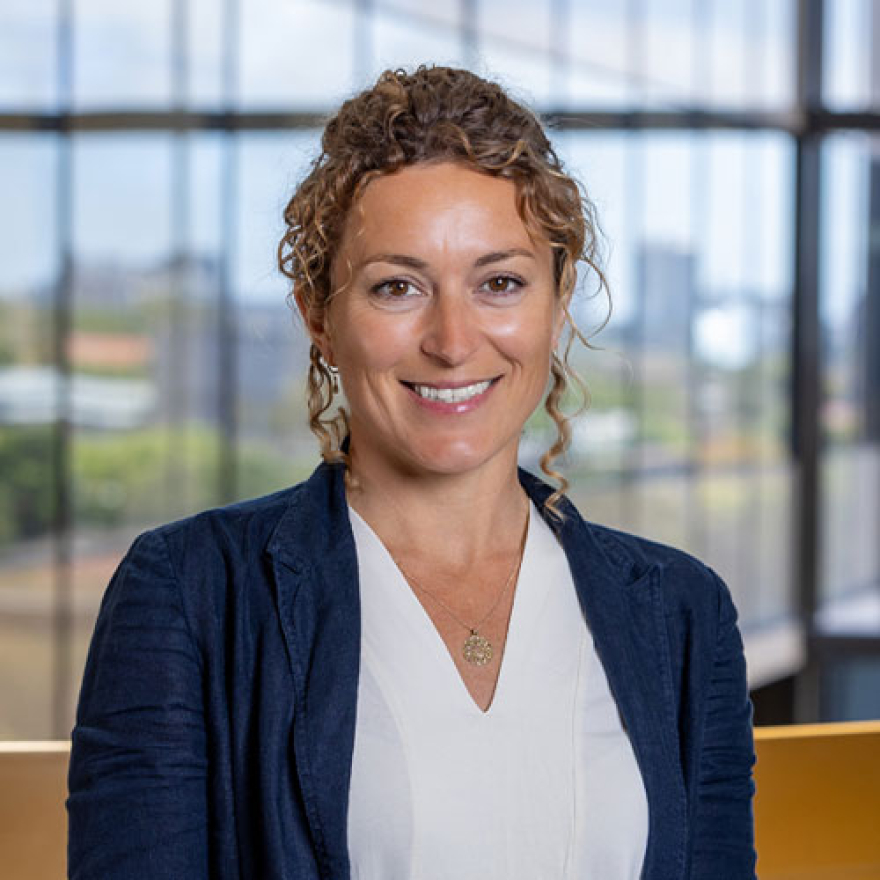Maintaining a steady blood supply is vital for the Australian health system, which requires 33,000 blood donations every week. One in three Australians will require blood or blood products in their lifetime, and these transfusions depend entirely on voluntary, non-remunerated donors. With an ageing population, hospital demand at its highest in nearly a decade, and increased demand for blood and blood products, we need to ensure that Australia maintains a safe and secure blood supply. This project will help us understand what people know about the eligibility criteria, and what motivates or deters people from giving blood.
This study will fill the major gaps in our knowledge of the proportion of people in the population who have characteristics, including behaviours, that may make them ineligible when they present to donate blood; the accuracy of people’s knowledge of their eligibility to donate; and the psychological factors that may underpin misperceptions of ineligibility. The information will be used to improve population-level education, and to encourage more people to donate blood. Furthermore, an accurate estimate of the prevalence of blood donation eligibility will enable Australian Red Cross Lifeblood to model the impact of future changes in eligibility criteria more accurately.
In November 2021, we conducted a nationwide survey amongst the general population in Australia to find out more about what people know about giving blood and factors that motivate or deter them. The survey was delivered by the Social Research Centre, at the Australian National University (ANU). The study is being conducted by the Kirby Institute, in collaboration with Australian Red Cross Lifeblood and the University of Queensland, under an NHMRC Partnership Grant.
We conducted the survey in November 2021. A total of 5,178 respondents completed the survey. Just over half of the sample (55.8%, n= 2,889) had previously attempted to donate blood, with 8.5% (n=439) having attempted overseas, and 51.4% (n= 2,660) previously attempting in Australia. Results from this survey have been published in journal articles and presented at conferences- please refer to the documents section to access them.
The findings of this survey will inform health communication practice and Lifeblood policy on the management of temporarily ineligible donors. Misperceptions of eligibility (people believing that they are ineligible to donate when in fact they are eligible, or believing they are eligible to donate when they are not) can be addressed through population-level education and marketing to encourage those who are eligible to donate, or to ensure that donors are not postponed when they present to donate. These changes may increase the donor pool in Australia, ensuring the ongoing availability of appropriate blood products as needed by the health system.
Australian Red Cross Lifeblood; The University of Queensland.
National Health and Medical Research Council (NHMRC).


